Egan, Greg - The Vat
VIP免费
2024-11-20
1
0
16.57KB
4 页
5.9玖币
侵权投诉
file:///G|/rah/Greg%20Egan/Egan,%20Greg%20-%20The%20Vat.txt
The Vat
A Romantic Comedy
Greg Egan
Harold's in love.
There's no hiding it. You can see it in his eyes, in the heat distribution on
his skin, in the twists and whorls of his brain's magnetic field.
Mary knows he exists, all right. When she looks his way, she doesn't look
through him - not quite. She notices him with a mild frown. She notices him like
a splinter in her thumb, or a crease in her lab coat. She notices him like a
faint odour; nothing utterly repulsive, but nothing too pleasant either.
Poor Harold was once a promising neurochemist. He discovered a brand new
neurotransmitter-antagonist which could make rats lethargic and depressed.
However, while proving that injections of this substance, during or immediately
after feeding, could produce an aversive association strong enough to make the
creatures starve themselves to death, he accidentally jabbed himself with the
needle, and soon found he was no longer able even to contemplate experiments
with rats. So these days, he works on The Vat.
Harold is in charge of spermatogenesis. In truth, he doesn't have a lot to do.
The computer monitors the temperature, the pH, the concentrations of nutrients,
growth factors, and waste products. Four hundred square metres of glass plate
are coated with a gelatinous matrix in which spermatogonia, the stem cells, are
embedded. When these cells divide, some of their daughter cells are more of the
same, the others are primary spermatocytes. Each primary spermatocyte gives rise
by meiosis to two secondary spermatocytes, each of which in turn divides into
two spermatids. Under the influence of Sertoli cells, also embedded in the
matrix, spermatids mature and shed cytoplasm to become spermatozoa.
Harold has seen all of these stages hundreds of times under the microscope, in
samples taken for quality control. He ought to find the whole business utterly
mundane. Sometimes, though - transfixed for a moment by the image on the screen
- he says in dreamy tones of sudden recognition (to no one in particular, often
to no one at all), "Yes! This is it. This is life." Staring at these specks of
unthinking biochemical machinery, he grows dizzy with wonder, then numb with
awe.
Then he gets on with the job.
Some nights, Harold wakes in the early hours and goes out to walk the empty
streets. Why? It's the hottest summer on record, and he can't get back to sleep.
Why? Unrequited love, of course. Why? Studies of the sequence of neurological
events which occur when a subject makes a self-motivated choice between hitting
a button and not hitting a button have revealed that the conscious
decision-making process starts milliseconds after other parts of the brain are
already committed to action. "Will" isn't the cause of anything, it's an
afterthought for the sake of peace of mind. Since reading this, Harold has
stopped making an effort to force his intentions to conform to his behaviour;
there doesn't seem much point now in maintaining the illusion. He just walks.
Even the stillest, quietest night comes alive for Harold. He sees gas molecules
spinning through the air, and photons pouring down from the stars, the way some
insane medieval monk might have imagined angels and demons battling it out
behind every corner and beneath every cobblestone. And the frenzy isn't confined
to his surroundings; the real bedlam is inside him. He pictures it all, vividly,
in garish, comic-book, computer-graphic colours: DNA being transcribed, proteins
being synthesised, carbohydrates being burnt in flameless enzymatic fires.
Everybody's made up of molecules, and plenty of people know it, but nobody feels
it like Harold.
Above all, he dizzily marvels at the fact that the molecules in his brain have
managed, collectively, to understand themselves: his neurotransmitters are part
of a system that knows what a neurotransmitter is. He can sketch the structures
of the central nervous system's one hundred most important substances; he's
file:///G|/rah/Greg%20Egan/Egan,%20Greg%20-%20The%20Vat.txt (1 of 4) [2/2/2004 2:01:48 AM]
file:///G|/rah/Greg%20Egan/Egan,%20Greg%20-%20The%20Vat.txt
synthesised half of them with his own hands. He's even viewed real-time images
of his brain metabolising radioactively-labelled glucose, revealing which
regions were most active as he watched himself thinking about watching himself
think.
Harold doesn't know quite what to make of this molecular self-knowledge. He
can't decide if consciousness is miraculous or meaningless; he hovers between
mystical ecstasy and the purest nihilism. Sometimes he feels like a robot,
raised by human parents, who's just discovered the awful truth: poring over his
own circuit diagrams, horrified but enthralled; scanning a print-out of his own
software, following the flow of control from subroutine to subroutine;
understanding, at last, the ultimate shallowness of the deepest reasons for
everything he's ever done, everything he's ever felt - and dissociating into a
mist of a quadrillion purposeless, microscopic causes and effects.
This mood always passes, though, eventually.
Mary is responsible for oogenesis. Primary oocytes undergo meiotic division to
yield four cells, but only one of the four is a mature ovum; the others are tiny
cells known as polar bodies, and the second division is only completed if
fertilisation takes place. In a massive cultured substitute for the ovarian
cortex, millions of ova mature and burst from their follicles daily - no
parsimonious one a month here. The Vat has no time, and no need, to ponderously
mimic the stages of the human menstrual cycle; as in any good assembly line,
everything is happening at once.
Harold knows exactly where Mary lives, although of course he's never been
inside, and when he walks by at two in the morning, the narrow terrace house is
always black and silent. He hurries past, terrified that she might be awake, and
might glance out at the sound of his guilty footsteps.
He knows he ought to forget her. Sometimes he swears that he will. He sees
women on the street every day whom he finds a thousand times more attractive.
Total strangers treat him with far greater kindness and respect. He knows his
mere presence annoys her - and her presence evokes in him more shame and
confusion than tenderness, or even lust.
His love is ridiculous. His love is a farce. Yet the persistence of his
obsession doesn't surprise him at all. Evolution, he reasons, has not had time
to trim human consciousness down to the most productive, most essential
elements. His brain is capable of many arbitrary, even self-defeating, modes;
perhaps that is the price to pay for its flexibility, perhaps there is no easy
sequence of mutations which could remove such disadvantages without sacrificing
much more.
As for his own wish to be rid of this miserable, pointless love, Harold knows
that this has no more power to change his feelings than it does to change the
weather on Jupiter or the electron's charge-to-mass ratio; it's merely another
aspect of the state of his brain. Whatever admirable progress evolution has made
towards lining up intentions with behaviour to pander to the vanities of the
conscious mind, has - in Harold's case, at least - been wasted. The neurological
facts refuse to stay decently theoretical; the irony is that this shattering of
the illusion of will, although entirely reasonable, is not by any means
necessary; after all, the human brain is under no deep biochemical edict to be
reasonable. The epiphenomenon of logical thought simply happens to have been
more resilient, in this case, than the epiphenomenon of will; in a million other
people, as familiar with the facts as Harold, the battle happens to have gone
the other way.
Harold wonders, with a mixture of unease and fascination, if his reason is
strong enough to move on from this conquest to the ultimate triumph of
undermining itself.
When Mary's ova meet Harold's sperm, a high proportion are fertilised. Most of
the sperm go to waste, but not nearly as many as are lost in vivo. The rates of
polyspermy, and fertilisation by defective sperm, are consequently higher, but
such abnormalities don't really matter, in The Vat.
The resulting zygotes drift, slowly, along a vast conduit. They undergo
file:///G|/rah/Greg%20Egan/Egan,%20Greg%20-%20The%20Vat.txt (2 of 4) [2/2/2004 2:01:48 AM]
摘要:
展开>>
收起<<
file:///G|/rah/Greg%20Egan/Egan,%20Greg%20-%20The%20Vat.txtTheVatARomanticComedyGregEganHarold'sinlo...
声明:本站为文档C2C交易模式,即用户上传的文档直接被用户下载,本站只是中间服务平台,本站所有文档下载所得的收益归上传人(含作者)所有。玖贝云文库仅提供信息存储空间,仅对用户上传内容的表现方式做保护处理,对上载内容本身不做任何修改或编辑。若文档所含内容侵犯了您的版权或隐私,请立即通知玖贝云文库,我们立即给予删除!
相关推荐
-
公司营销部领导述职述廉报告VIP免费

 2024-12-03 4
2024-12-03 4 -
100套述职述廉述法述学框架提纲VIP免费
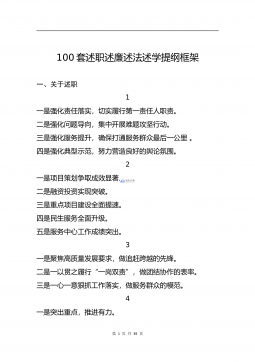
 2024-12-03 3
2024-12-03 3 -
20220106政府党组班子党史学习教育专题民主生活会“五个带头”对照检查材料VIP免费
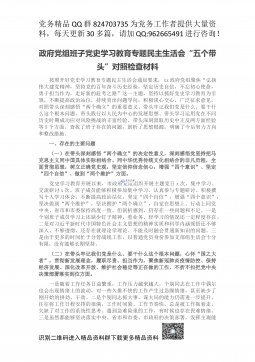
 2024-12-03 3
2024-12-03 3 -
20220106县纪委监委领导班子党史学习教育专题民主生活会对照检查材料VIP免费
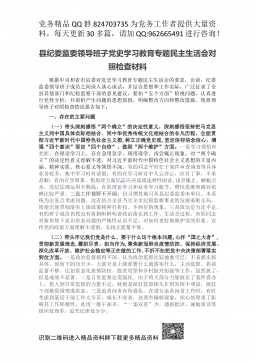
 2024-12-03 6
2024-12-03 6 -
A文秘笔杆子工作资料汇编手册(近70000字)VIP免费

 2024-12-03 3
2024-12-03 3 -
20220106县领导班子党史学习教育专题民主生活会对照检查材料VIP免费
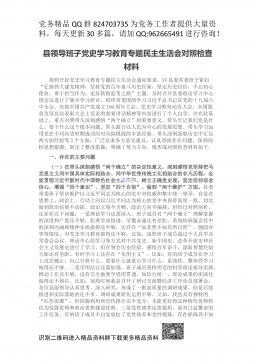
 2024-12-03 4
2024-12-03 4 -
经济开发区党工委书记管委会主任述学述职述廉述法报告VIP免费
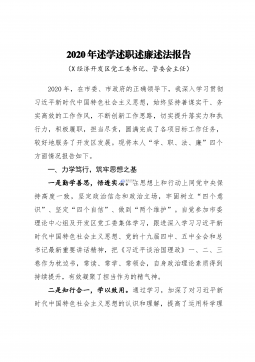
 2024-12-03 34
2024-12-03 34 -
20220106政府领导专题民主生活会五个方面对照检查材料VIP免费
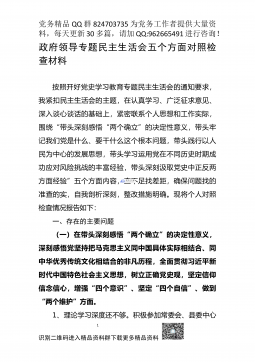
 2024-12-03 11
2024-12-03 11 -
派出所教导员述职述廉报告6篇VIP免费
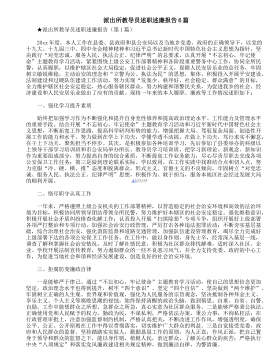
 2024-12-03 8
2024-12-03 8 -
民主生活会对县委班子及其成员批评意见清单VIP免费
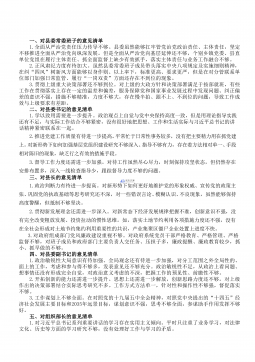
 2024-12-03 50
2024-12-03 50
分类:外语学习
价格:5.9玖币
属性:4 页
大小:16.57KB
格式:PDF
时间:2024-11-20


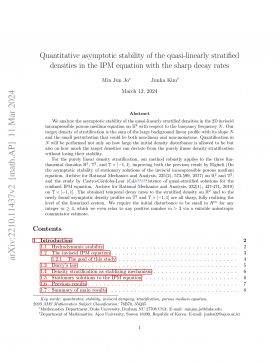
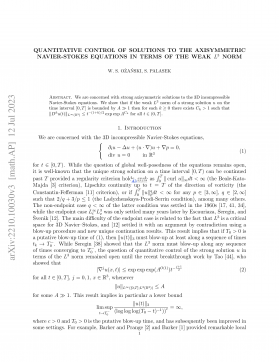
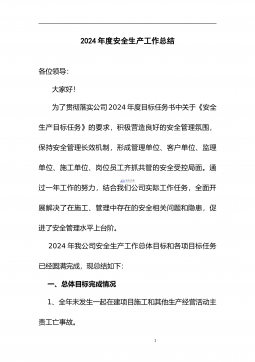
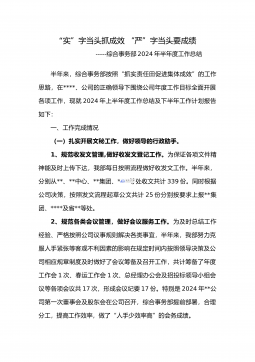
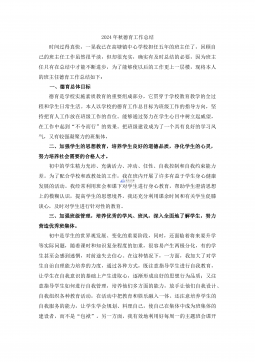
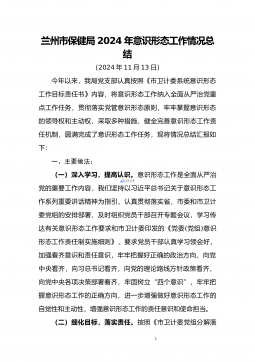
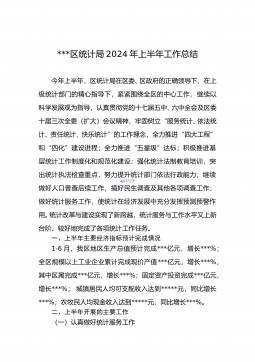
 渝公网安备50010702506394
渝公网安备50010702506394
